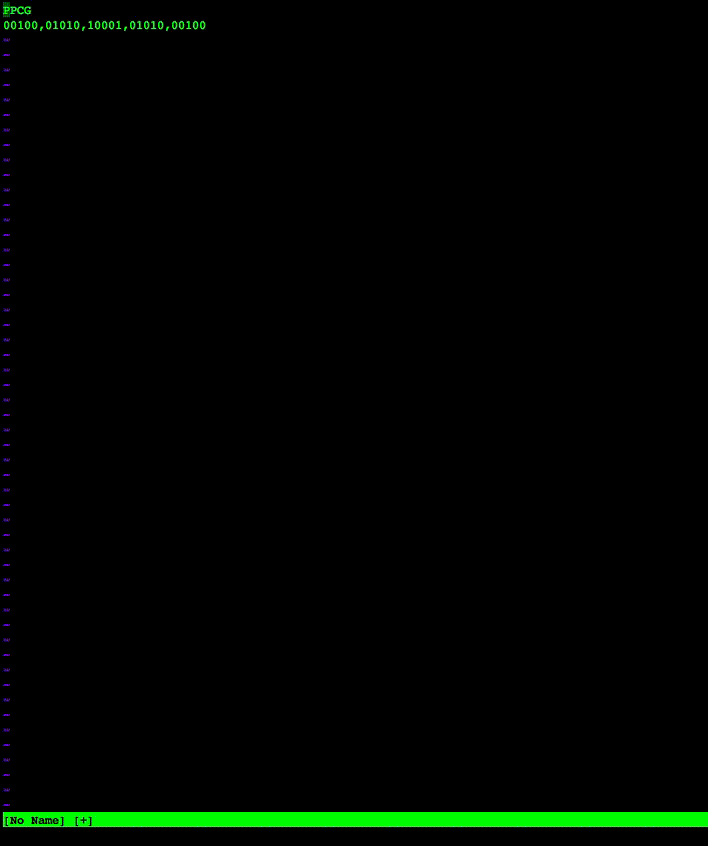塑形的艺术
给定一个二进制矩阵和一个字母字符串,用该字符串的字母从左到右替换矩阵中的所有1。一旦字母形成矩阵的形状,就打印矩阵,用空格替换0。仅举一两个例子可能会更容易。
案例:基本案例...
输入一:
[0,0,1,0,0]
[0,1,0,1,0]
[1,0,0,0,1]
[0,1,0,1,0]
[0,0,1,0,0]
"PPCGPPCG"
输出一:
P
P C
G P
P C
G
情况:如果输入字符串长于一个字符串...
输入二:
[1,0,0]
[0,1,0]
[1,0,1]
lambda
输出二:
l
a
m b
情况:如果输入字符串短于一个数字...
输入三:
[1,1,1]
[1,0,1]
[1,1,1]
PPCG
输出三:
PPC
G P
PCG
可用假设
- 您可能会假设输入字符串永远不会为空。
- 您可能会假设矩阵永远不会为空。
- 您可能不会假定二进制矩阵永远不会全为零。
规则
- 如果字符串短于一个,则重复该字符串;否则,请重复该字符串。所有的都必须更换。
- 如果字符串长于一个,则仅使用所需的字符串。
- 您可以使用True / False代替整数/位作为输入。
- 需要尾随空格,必须全部替换为零为空格。
- 一条尾随的换行符是可以接受的。
- 这是代码高尔夫球,最低字节数获胜。
